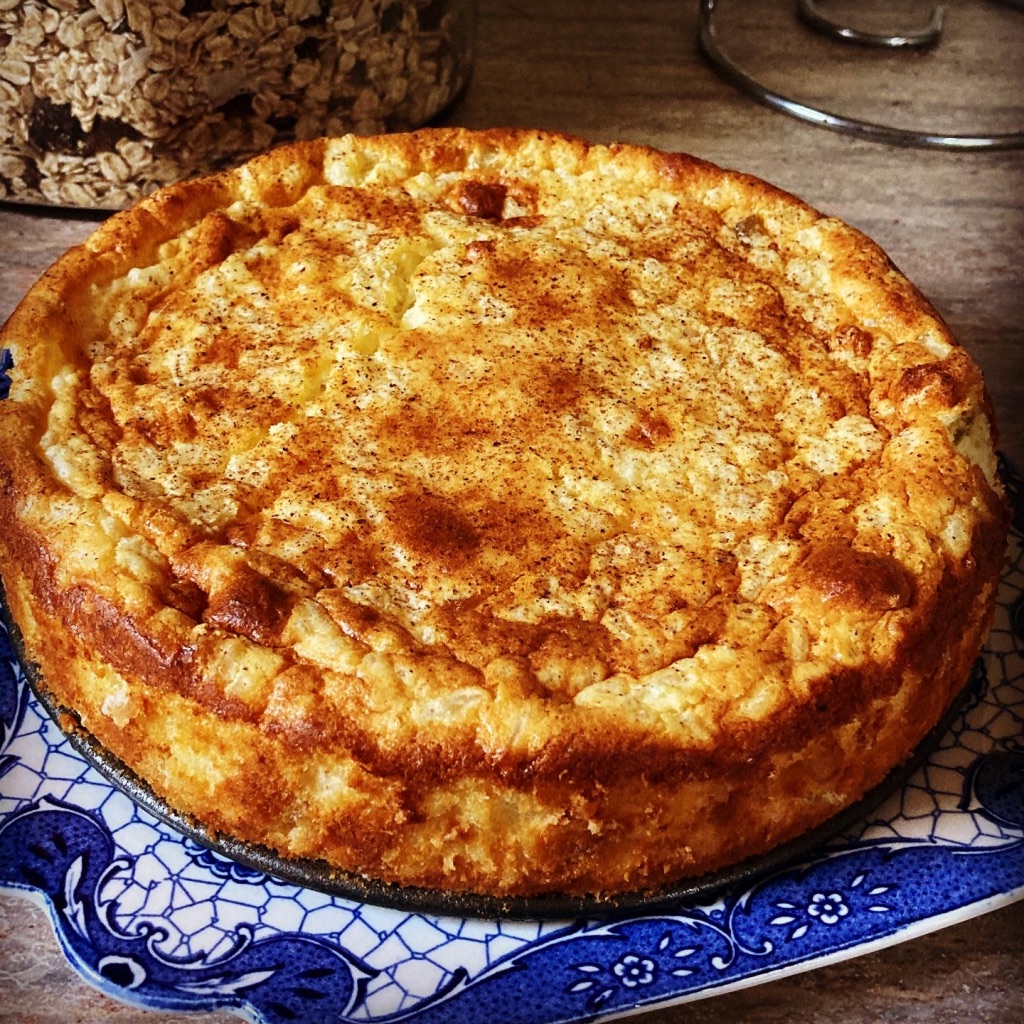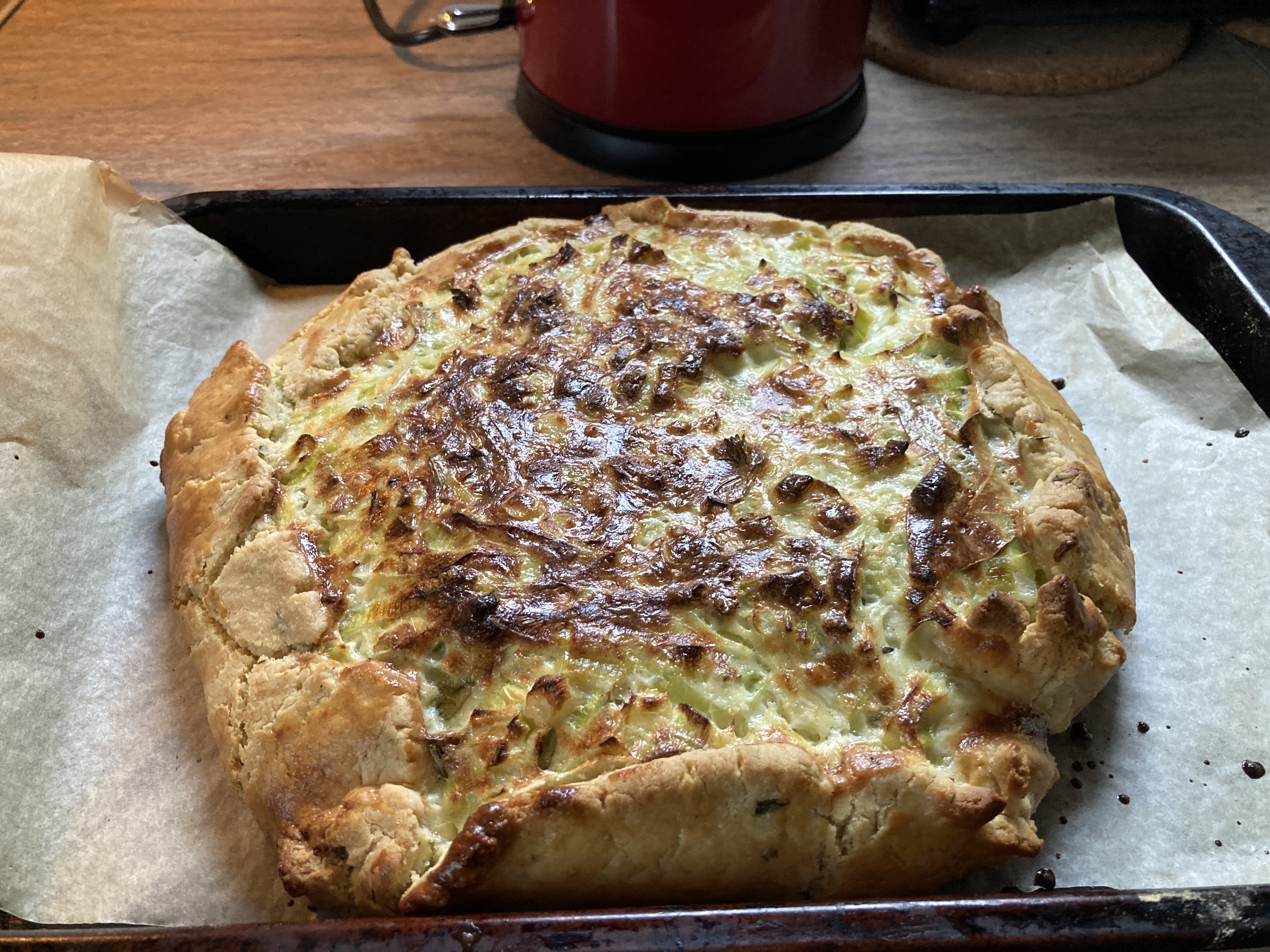
Alice Allan
Alice Allan grew up in rural Devon but has lived and worked all over the world, writing about a lot of it. She’s the author of three published novels. Her most recent book for young adults is The Whispering Trees (Blue Poppy Publishing). It tells the story of teenage Liv, who hears a voice on a mysterious hill. The nature writer Robert Macfarlane called it “haunting, witty and witchy…a terrific book”
Alice can be found at:
Website: aliceallan.co.uk
Bluesky: @alicemeallan.bsky.social
Instagram: @alicemeallan
Were you a big reader as a child?
I was lucky enough to have a mother who read to me from an early age. By the time I was three, she’d read me all the Narnia books (I remember her doing all the voices and my anxiety when Aslan is strapped to the stone table), and once I got started with reading, I read everything I could get my hands on, some of it age appropriate, some not! From children’s literature, I still retain the shiver of books like Alan Garner’s The Owl Service and Susan Cooper’s The Dark is Rising which feature overlapping, invisible and sometimes menacing worlds, but I also enjoyed the pulpy fun of pony club adventure books, in which children run wild over the summer holidays, discovering mysteries and forming allegiances against dubious adults.
Tell me what inspired you to write your novel?

The Whispering Trees
I first began The Whispering Trees not long after returning from living in Japan. During my 4 years in Tokyo, I hadn’t appreciated how much I would miss the countryside and how homesick I would be for Devon. On return, I was living in London, raising small children, but longing to be back where I had grown up. The book was a way to immerse myself back in the nature and scenery of the most beautiful county in the UK (OK, I’m biased). I returned to re-write the novel more recently, and found that its themes, which include the delicate balance of nature, and the role of farmers as stewards of the countryside, were more relevant than ever. The relationship between Annie and Liv in the book reflects my experience of the wise older women friends and mentors I’ve had in my life.
Would you ever consider writing outside your current genre?
Although two of my published books are YA novels with a magic realist twist, my third (and debut novel) is a novel for adults. It’s set in Ethiopia, where I volunteered for 4 years on a neo-natal ward as a lactation consultant. It tells the story of a midwife who falls in love with an abandoned premature baby she does Kangaroo care with, and asks the question, how can you hold a baby next to your skin without it touching your heart? It’s got an element of the magical, seen though the visions of a damaged homeless man, but it’s firmly set in the streets of Addis Ababa, a city I grew to love, despite its chaos. The story is told from multiple perspectives, including that of the newborn baby. It’s this aspect that readers have particularly responded too and several people have told me the book has made them cry and re-evaluate how infants experience the world.
What did you do before (or still do) you became a writer?
I’ve had a ‘portfolio career’ to say the least. We’ve travelled with my husband’s career a lot so I’ve had to re-invent myself quite a few times. I began as an actress, then became a corporate trainer. I worked as a lactation consultant for many years, and I now work in public health communications for the World Health Organization and as a narrator. It sort of all makes sense and I really enjoy the way that disparate experiences have come together around a career centred around a thread of communication, both written and oral. With so many words in my work-life, it’s hard to find the space to plot the next book, but everything has its season, and you can’t force it.
Which author(s) inspire you?
I have read everything Elizabeth Strout has written. I find her writing astonishing- the way she is able to draw such meaning from small gesture and detail, the universality of the mundane but powerful emotions she describes. Not much happens in the small community she writes about, but also, everything happens. The plot is incidental; it’s the journey and relationships of the protagonists that draw you in and stay with you. Her understanding of psychology and her confidence with her subject matter is impressive. I’d love to sit down with her for a chat about writing- she makes it look so easy.
What came first the characters or the world?
For The Whispering Trees, the landscape came first. In the book, a mysterious hill asks for help. The characters, Devon in-comer Liv with her stifled dreams of being a vet, and Old Annie Tilke, white witch and guardian of the hill’s secrets, came later.
How hard was it to get your first (debut) book published?
It took me years to get my first book published. I initially found an agent with a (still unpublished) YA book set in Japan. It almost got picked up by a very prestigious publisher, then didn’t. It was then touted to everyone under the sun but didn’t find a publisher. When I branched out to writing for adults, with my novel Open My Eyes, I parted ways with my agent and struggled to get a new one. Fortunately, I met Martin (of publisher Pinter and Martin) at a conference and he loved the book. It went on to win the People’s Book Prize for Fiction in 2018.
How long did your most recent book take to write?
The Whispering Trees took about a year to write, because I had small kids back then. I’d write in snatched moments, as a way to hold onto some of my inner world in a maelstrom of stay-and-plays and changing nappies. I’ve edited it a lot in the intervening years. That’s what takes the time.
What’s the favourite reaction you’ve had to your book?
Several mothers and teenage daughters have told me they’ve been fighting over their copy of The Whispering Trees- it’s great that it’s got that broad appeal.
How much (if any) say do you have in your book covers?
I was lucky to be given a lot of say in the cover of The Whispering Trees. It’s a lino print by Cornish artist Claire Armitage, and it perfectly expresses the landscape in which the book is set. The publisher and I worked with her to develop the image through a series of sketches. Then she went off and cut and printed the final design. She’s exceptional talented and I love her work.
Do you have a favourite bookshop?
I’m currently loving our local charity bookshop, the Sam Beare Bookshop in Egham, Surrey. It doesn’t feel like a charity shop- it’s well themed, there’s a great choice of books in good condition and so much attention is put into the displays. It’s a welcoming place too, with regular events and workshops that make it a bit of a cultural hub.
Do you have any rituals when writing?
I need silence, a clear desk and a whole day ahead of me in which to dream and scribble.
How many books are in your own physical TBR pile?
About 10. I’m half way through a number of books right now that I can’t make head-way with. My eyes are bigger than my stomach when it comes to finding the time and capacity to read.
What is your current or latest read?
I’m re-reading JA Baker’s The Peregrine. It’s so densely beautiful and inspirational that it is taking me some time.
Any events in the near future?
I’m running a nature writing workshop in my local bookshop tonight. My office is full of stones and bracken and pine cones which I’ve gathered as writing prompts!









